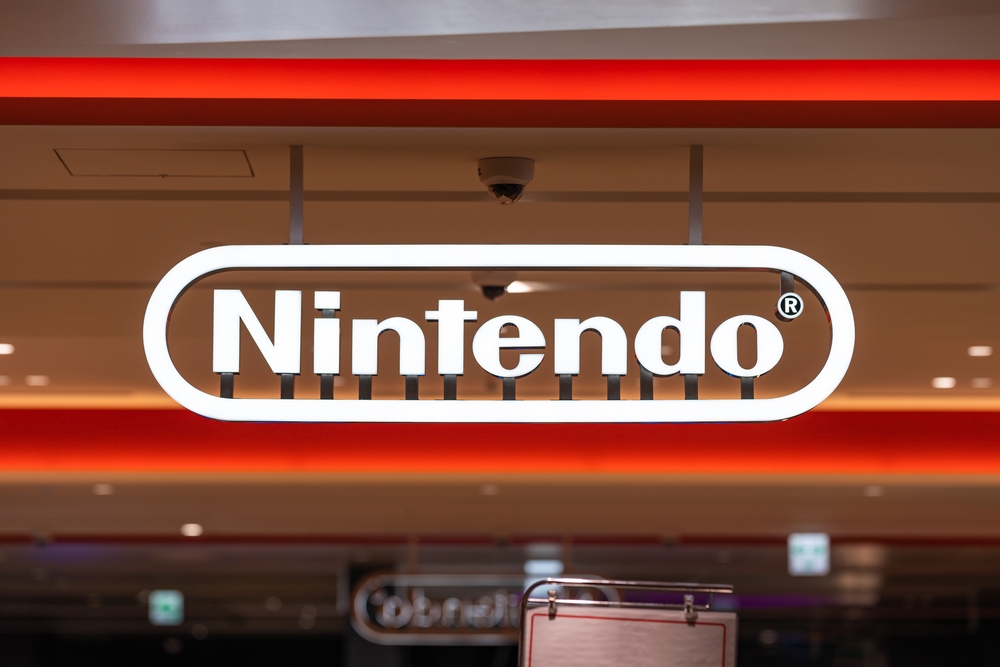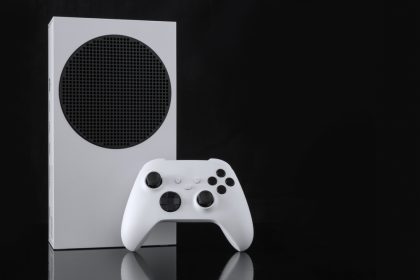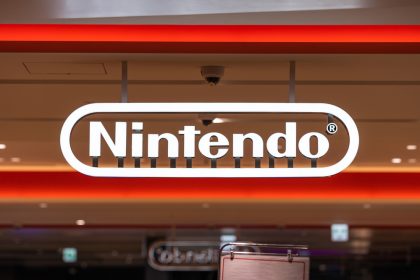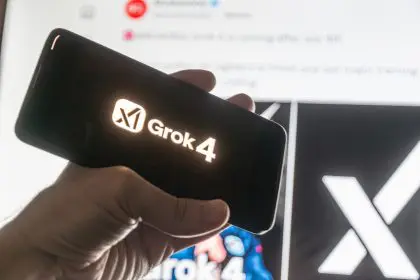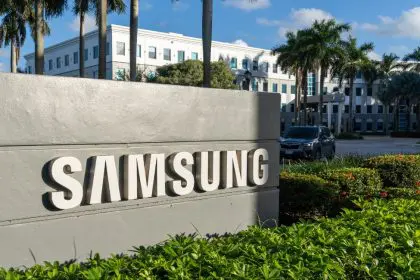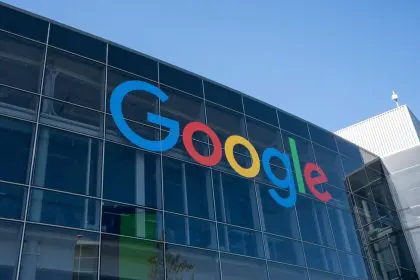Nintendo’s upcoming Switch 2 launch brings significant modifications to its customer loyalty programs. The gaming giant has announced the discontinuation of both the Game Voucher program and My Nintendo Gold Points system, marking a substantial shift in how players will purchase and save on games.
The announcement has sparked discussions about the future of game pricing and customer rewards in the Nintendo ecosystem. These changes could signal broader shifts in the gaming industry’s approach to digital purchases and customer loyalty.
Understanding the Game Voucher program changes
Nintendo’s decision to exclude the Game Voucher program from Switch 2 represents a significant departure from current practices. The existing program allowed Nintendo Switch Online members to purchase two game vouchers for 100 dollars, offering substantial savings on premium titles.
This change raises questions about future game pricing strategies. With industry competitors Sony and Microsoft having already increased their first-party game prices to 70 dollars, Nintendo’s move suggests potential alignment with these higher price points.
Impact on My Nintendo Gold Points
The My Nintendo Gold Points program will cease operations on March 24, ending a long-standing rewards system that benefited both digital and physical game purchasers. This program has been instrumental in providing players with discounts on future purchases through points earned from their gaming investments.
Current Gold Points holders maintain a 12-month window to redeem their accumulated points after issuance. This grace period allows users to maximize their existing rewards before they expire, though future earning opportunities will end.
The future of Platinum Points
While changes to Gold Points have been clearly outlined, Nintendo has remained silent regarding the My Nintendo Platinum Points program. This separate rewards system, which provides benefits for mobile game engagement and website interaction, continues the legacy of the Club Nintendo program that ended in 2015.
The uncertainty surrounding Platinum Points leaves questions about Nintendo’s overall approach to customer loyalty programs and digital engagement rewards.
Industry trends and pricing implications
Recent developments in the gaming industry provide context for Nintendo’s decisions. Major publishers have cited increasing development costs as justification for higher game prices, with the standard price point shifting from 60 to 70 dollars.
These industry-wide changes suggest potential adjustments to Nintendo’s pricing strategy for the Switch 2. The elimination of discount programs could indicate preparation for new pricing structures aligned with current market trends.
Consumer impact assessment
The removal of these programs affects different segments of Nintendo’s customer base. Regular purchasers of digital games lose opportunities for discounts through Gold Points, while Nintendo Switch Online members lose access to game voucher savings.
These changes may influence how consumers approach game purchases and manage their gaming budgets. The traditional benefits of digital purchases and membership programs may require reevaluation under the new system.
Digital marketplace evolution
The gaming industry continues to evolve in its approach to digital sales and customer rewards. Nintendo’s decision to modify its rewards programs reflects broader changes in how gaming companies manage digital marketplaces and customer loyalty.
These shifts suggest potential changes in how players will access and purchase games in the future, possibly indicating new approaches to digital distribution and pricing.
Planning for the transition
Consumers with existing Gold Points should develop strategies to utilize their points before expiration. The 12-month redemption window provides opportunities to maximize value from accumulated rewards before the program ends.
Understanding these changes helps players make informed decisions about future game purchases and timing of redemptions under the current system.
Looking ahead
As the gaming industry continues to evolve, these changes may represent broader shifts in how companies approach customer rewards and game pricing. The success of these modifications will likely influence future decisions by other gaming companies regarding their own loyalty programs.
The gaming community awaits further details about the Nintendo Switch 2 and potential new features or programs that might replace these discontinued services.

